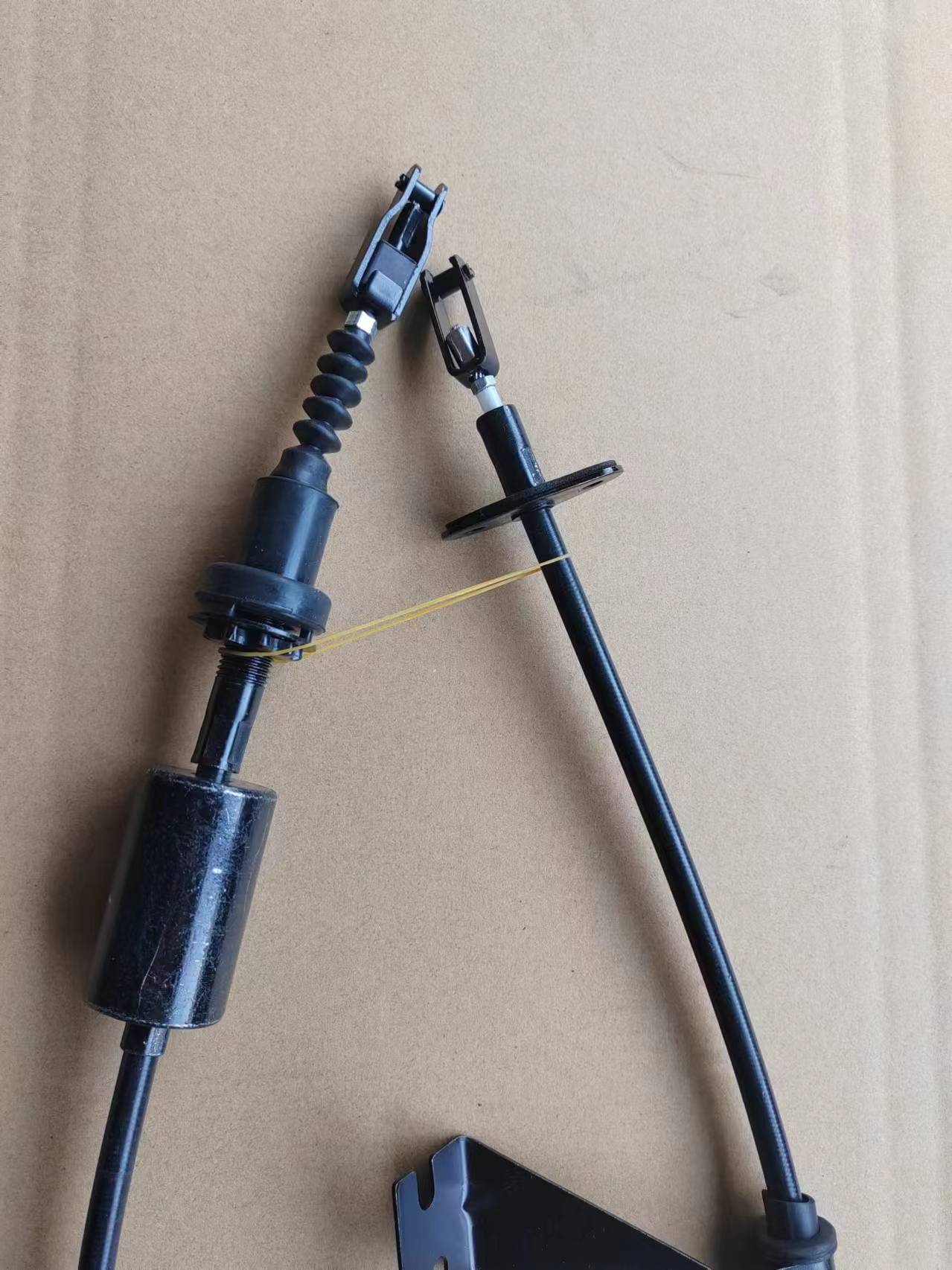Understanding the Mechanism of Gear Shift Linkage Cables for Optimal Performance
Understanding Gear Shift Linkage Cables Importance and Functionality
The gear shift linkage cable is an essential component of a vehicle’s transmission system, playing a crucial role in the seamless engagement of gears. Controlling the transition between different gears, the linkage cable connects the gear shift lever in the cabin to the transmission mechanism under the vehicle. This seemingly simple cable is vital for ensuring that drivers can change gears smoothly and efficiently while maintaining optimal engine performance.
One primary function of the gear shift linkage cable is to translate the driver’s input into a mechanical movement that activates the desired gear. When the driver moves the gear shift lever, the cable transmits this motion to the transmission, which changes the gear ratio accordingly. This process allows the engine to operate at the most efficient RPMs for various driving conditions—be it acceleration, cruising, or deceleration. A well-functioning linkage cable ensures that shifting feels smooth and responsive, enhancing the overall driving experience.
Over time, however, gear shift linkage cables can experience wear and tear due to continual use. Factors such as extreme temperatures, exposure to engine fluids, and environmental contaminants can contribute to the degradation of the cable. A worn or frayed cable may lead to a sluggish or unresponsive gear shift, making it difficult for the driver to control the vehicle effectively. In some cases, the linkage may become disconnected, leading to a complete loss of gear function—an issue that can pose significant safety risks.
gear shift linkage cable

Maintenance of the gear shift linkage cable is essential for preserving its functionality and reliability. Regular inspections can help detect early signs of wear, such as fraying or stiffness in the cable. Drivers should also pay attention to any changes in the feel of the gear shift—if it becomes harder to shift gears or feels loose, it may signal a problem with the linkage system. Simple preventative measures, such as lubricating the cable and ensuring it is properly routed and secured, can greatly extend its lifespan.
In the event of cable failure, the cost of replacement and the complexity of the repair can vary depending on the vehicle make and model. Some cars have more accessible linkage systems, making DIY repairs feasible, while others may require professional assistance. Regardless of the approach, addressing gear shift issues promptly is crucial to maintaining vehicle performance and safety.
In conclusion, the gear shift linkage cable may seem like a small part of the overall transmission system, but its impact on vehicle performance and driver experience cannot be overstated. Understanding its role and maintaining it properly can lead to smoother gear transitions, enhanced vehicle control, and improved safety on the road. For any vehicle owner, paying attention to the condition of this vital component is key to ensuring long-term reliability and performance.
-
Upgrade Your Vehicle with High-Quality Handbrake CablesNewsNov.01,2024
-
Optimize Your Bike's Performance with Quality CablesNewsNov.01,2024
-
Enhance Your Vehicle's Performance with Quality Clutch ComponentsNewsNov.01,2024
-
Elevate Your Vehicle's Performance with Quality Throttle CablesNewsNov.01,2024
-
Elevate Your Vehicle's Performance with Quality CablesNewsNov.01,2024
-
Affordable Solutions for Your Cable NeedsNewsNov.01,2024
